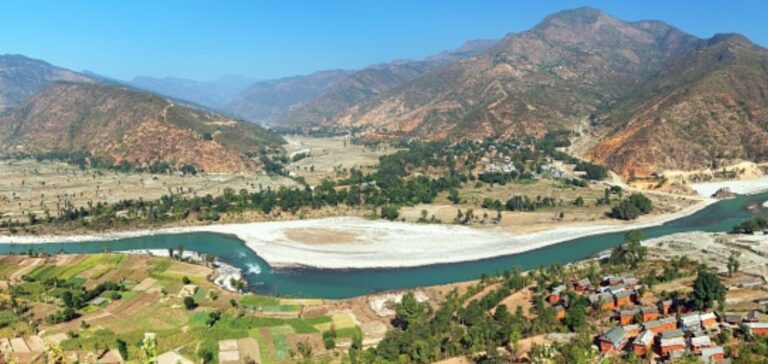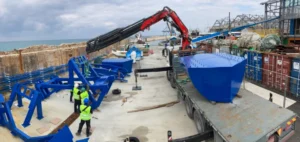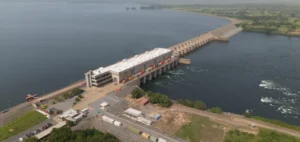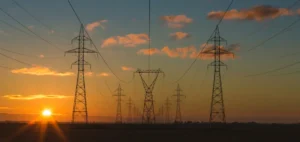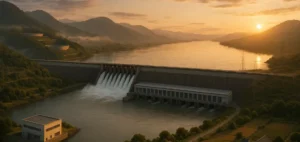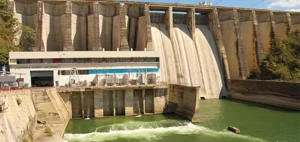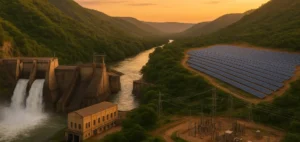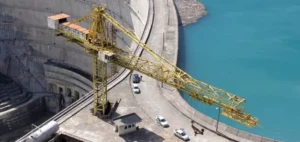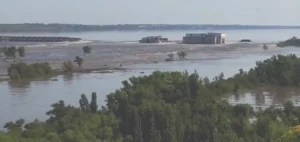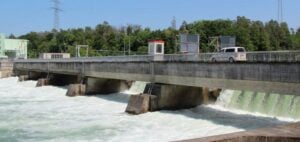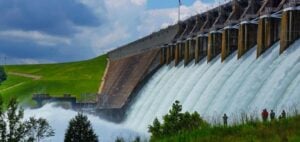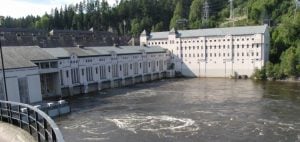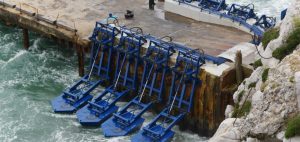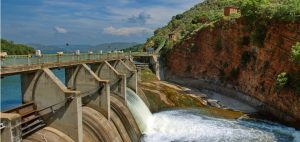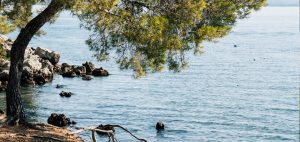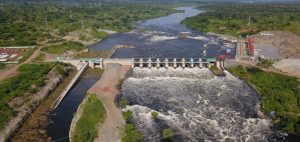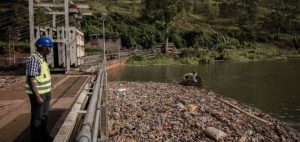BG Titan Group announces the signing of a memorandum of understanding (MOU) with BB Holding to develop the 650 MW Tamakoshi 3 hydroelectric project on the Tamakoshi River in the Dolakha district of Nepal.
The run-of-river project is expected to generate some 2,431.76 GWh of electricity annually, boosting the country’s energy supply in a context of growing demand.
The project is currently seeking partners for engineering, procurement and construction (EPC) and financing.
BG Titan Group states that discussions are underway with several potential players in the sector.
The project’s location and technical characteristics are strategic elements in the diversification of Nepal’s energy production, reducing dependence on energy imports.
Background and challenges of the Tamakoshi 3 project
Initially, the Tamakoshi 3 project was proposed by Statkraft, which in 2007 signed an agreement with the Nepalese government to build a US$1.5 billion power plant.
Despite carrying out feasibility studies and environmental and social impact assessments, Statkraft withdrew in 2016, leaving a gap in the development of the region’s energy infrastructure.
This new agreement between BG Titan Group and BB Holding revives a project that has been on hold for almost a decade.
The importance of this project goes beyond increasing Nepal’s energy production capacity.
Tamakoshi 3 is designed to stabilize the country’s electricity supply, with potential spin-off benefits for local industry and infrastructure improvements.
The project could become a model for other similar initiatives in the region.
Partnerships and international cooperation
Under this agreement, the two partners, BG Titan Group and BB Holding, are seeking strategic collaborations to strengthen the project’s implementation capacity.
Engaging with international players is in line with bilateral economic cooperation and infrastructure development objectives.
In addition, the agreement is in line with broader partnerships with organizations such as USAID, which support infrastructure projects in emerging markets.
Prospects for Nepal’s hydropower sector
The Tamakoshi 3 project could play a key role in transforming Nepal’s energy sector.
With the country’s significant hydroelectric potential, initiatives such as this are essential to capitalize on these resources.
With the growing interest of international investors and companies in Nepal’s energy market, Tamakoshi 3 could pave the way for new financing and public-private partnership projects.
The success of this project will depend not only on the ability to attract investors, but also on the efficiency of implementation procedures and compliance with technical and environmental standards.
Attention is currently focused on risk assessment and finding the best financing strategies to ensure the long-term viability of the project.

